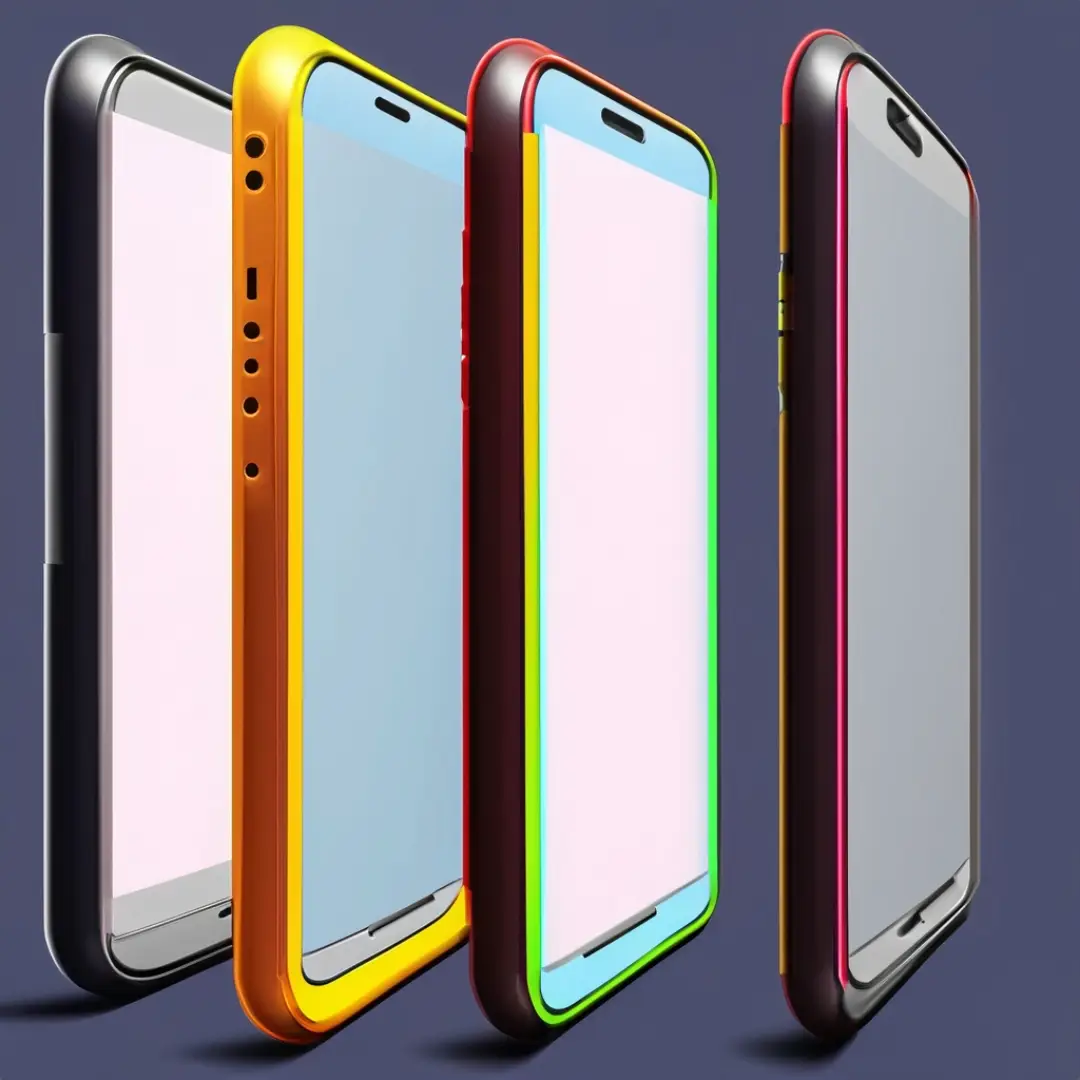Understanding the Potential Pitfalls
Are you considering a smartphone exchange? Or perphaps you’re thinking about upgrading your smartphone with AT&T? Here’s a cautionary tale based on a recent experience I had. I hope this will help you navigate the potential pitfalls of the AT&T smartphone exchange process.
Documenting the Exchange Process
In today’s world, our smartphones have become indispensable tools, serving as our digital wallets, personal assistants, and more. Consequently, parting with our phones—even temporarily—can be an uneasy experience. Recently, when I decided to upgrade from my iPhone 14 Pro to the iPhone 15 Plus through AT&T. I encountered a series unexpected challenges.
After receiving the new phone and a return label by mail, I visited a local AT&T store. The AT&T website online says you can return the phone to a local store. That’s wrong. Managers inside a local AT&T store said that unless you buy the phone inside the store, you cannot exchange or return the phone in the store. I had to use the provided label and return the phone myself at a local US Post office. This raised concerns about the security of the return process. I was worried someone would “pocket” the phone. Management at the store said previous customers had the same complaint. Some had complained certain postal offices in the area had been associated with previous incidents of mishandled returns.
In response to this uncertainty, I took proactive measures by photographing the phone inside the package. I took photos of the label, and kept and photographed a receipt from the US post office. Additionally, I recommend documenting crucial phone details such as the serial number and IMEI number. Likely, customer service may ewby AT&T during follow-up inquiries.
Proactive Communication and Follow-up
Despite these precautions, AT&T sent me an email stating that they had not received the phone. The email stated I would be charged over $500 for the undelivered device. So I made a phone call. A customer service agent reassured me the phone had been located. Additional charges would not be applied.
The situation took a perplexing turn when I received a package from AT&T containing a phone I did not recognize. Someone placed a notice inside the box. Officials threatened a $500 charge if the correct device was not returned promptly. So I called AT&T customer service again. Customer service agents told me this was “a trending issue.” Apparently there have been a rash of people sending in random devices in boxes to AT&T asking for an upgrade. Officials apparently reject the phones and send them back. AT&T sent me something I had not sent in the first place.
Despite assurances that no additional charges would be imposed, I still wanted written correspondence. AT&T did not send any. And when I did get an email, it was thank you for your call and no details.
Based on this experience, I advise anyone undergoing a similar process with AT&T to meticulously document the exchange. Take photos of the phone and its packaging. Keep records of all relevant correspondence. Below are steps you should keep in mind before mailing off your phone.
Advisable Steps
- Document the Device: Take clear photos of the actual device inside the return package, ensuring that the phone’s condition is well-documented before sending it back.
- Photograph the Label: Capture detailed images of the return label, including any tracking numbers or barcodes, to maintain a visual record of the shipping information.
- Obtain a Receipt: When returning the device at a US Post office, be sure to secure a receipt as proof of the return transaction.
- Record Important Phone Details: Prior to sending the device, take screenshots of all relevant information about the phone, including the serial number and IMEI number, and keep this information stored on your computer.
- Maintain Ongoing Communication: Keep detailed records of all communication with AT&T customer service, including emails, chat transcripts, and notes from phone calls, to ensure you have a clear paper trail of interactions.
- Follow Up and Request Written Confirmation: If any discrepancies or concerns arise, persistently follow up with AT&T and request written confirmation of any assurances or resolutions provided to you by the customer service team.
By following these action steps, individuals can proactively protect themselves and facilitate a smoother return/upgrading process when dealing with AT&T.
If you have a story you’d like to share with me regarding a similar issue with AT&T, feel free to reach out to me on my contact page.

